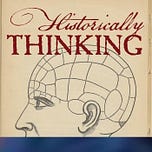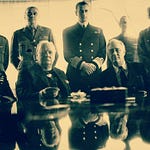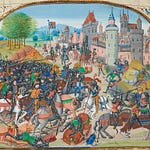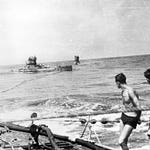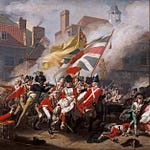Originally published on April 3, 2019 (Episode 105)
Introduction
George Washington enjoyed designing uniforms, both his own and those of other soldiers. But during the Revolution he mostly despaired at the lack of cloth and shoes for his men. That revolutionary struggle for supplies shaped American industrial policy for decades.
In Manufacturing Advantage: War, the State, and the Origins of American Industry, 1776–1848 (Hopkins, 2019), Lindsay Schakenbach Regele argues that military needs for textiles, guns, and ammunition forged a de facto partnership between government and industry. This “military-industrial” relationship long predated the twentieth century.
About the Guest
Lindsay Schakenbach Regele is Associate Professor of History at Miami University (Ohio). Her research explores the connections between politics, war, and industry in the early United States.
For Further Investigation
Lindsay Schakenbach Regele, Manufacturing Advantage: War, the State, and the Origins of American Industry, 1776–1848 (Hopkins, 2019)
Alexander Hamilton, “Report on the Subject of Manufactures”
The American Precision Museum—really, it’s worth a look. It’s located in a old mill in the Vermont valley where the “American system” of manufacturing came into its own.
Listen & Discuss
How did wartime needs shape early American industry?
Does Regele’s argument change how we think about the origins of the “military-industrial complex”?
👉 Share with someone who thinks “Made in America” is a new slogan.

